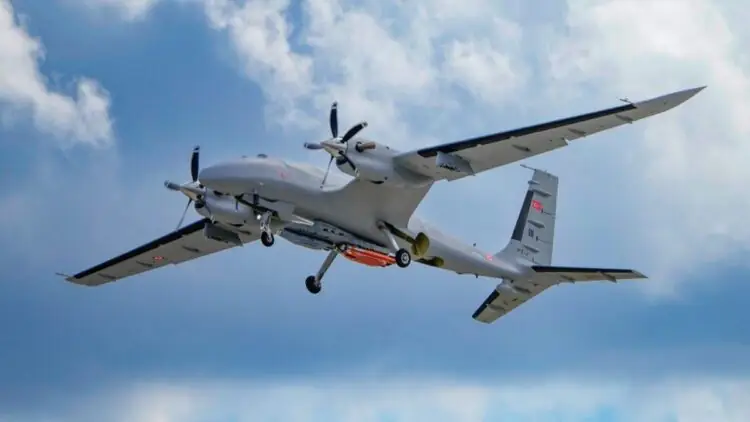Baykar has signed an agreement with Indonesia to supply 60 Bayraktar TB3 drones and 9 Akinci UAVs. Additionally, the company will establish a joint venture with Republikorp to build a facility for drone production, assembly, and maintenance in the country. The announcement coincides with Turkish President Recep Tayyip Erdoğan’s visit to Asian nations, including Indonesia, Malaysia, and Pakistan, accompanied by a delegation of ministers, industry representatives, and government officials.
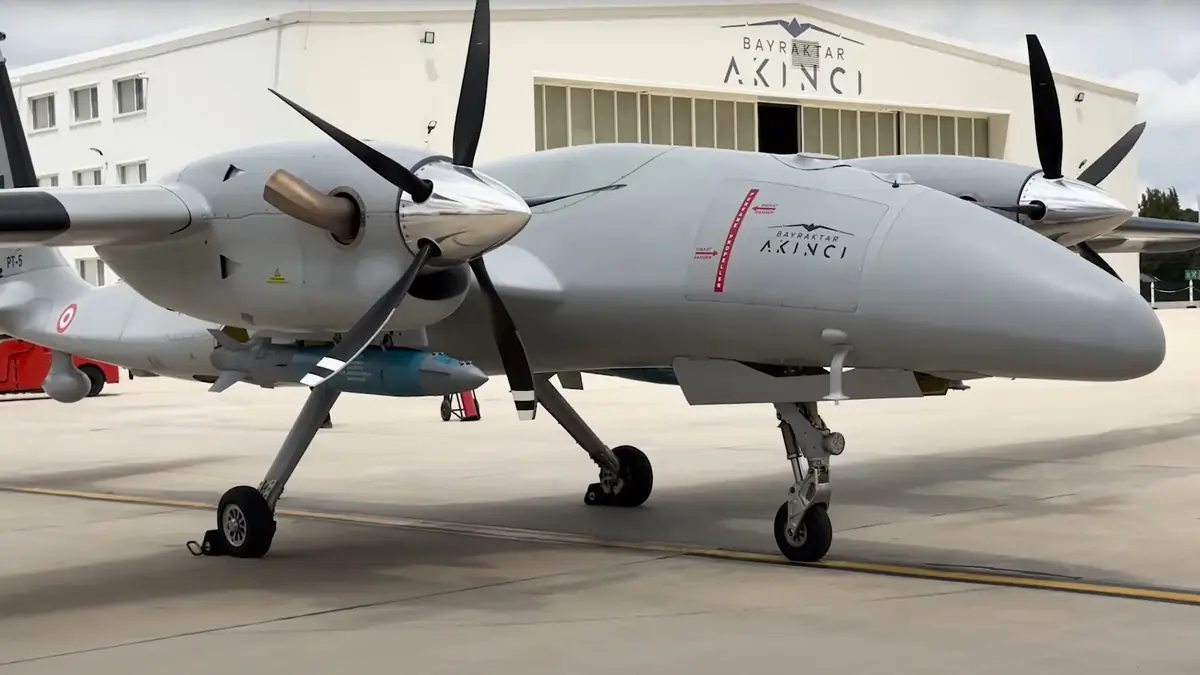
Baykar will contribute its expertise in manufacturing, technology, and training to the joint venture, while Republikorp will handle regulatory compliance, infrastructure development, local expert certification, and integration into Indonesia’s defense ecosystem. The financial details of the agreement have not been disclosed.
The choice of the TB3 over the TB2 is strategic, as the Indonesian Navy intends to deploy the drone aboard military vessels. Turkish media reports suggest that the TB3 could operate from a new Landing Helicopter Dock (LHD)-type ship. Meanwhile, Indonesia is also in talks with Italy regarding the potential acquisition of the decommissioned Italian Navy aircraft carrier, ITS Garibaldi.
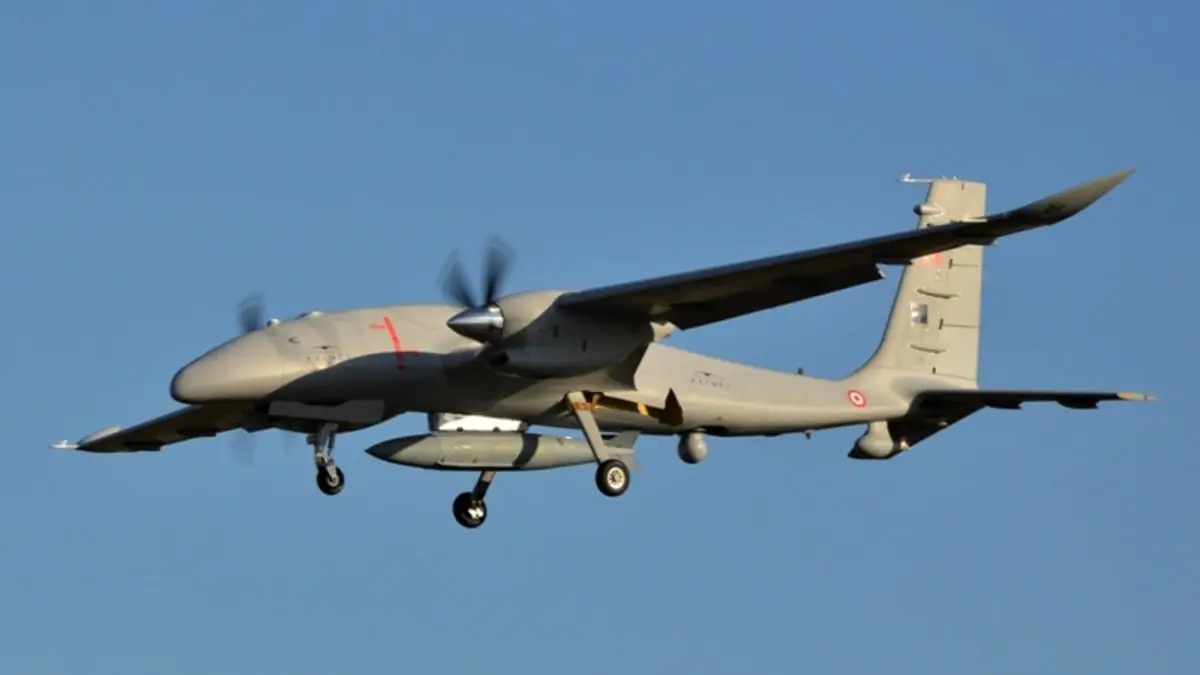
The Bayraktar TB3 UAV is an advanced version of the well-known TB2 and is often described as its naval adaptation, designed for operations aboard the aircraft carrier TCG Anadolu. This medium-altitude, long-endurance drone completed its maiden flight on October 27, 2023, successfully conducting high-altitude system tests. Development and testing are progressing rapidly, and the TB3 recently underwent its first live-fire trial, launching two MAM-T munitions at a ground target.
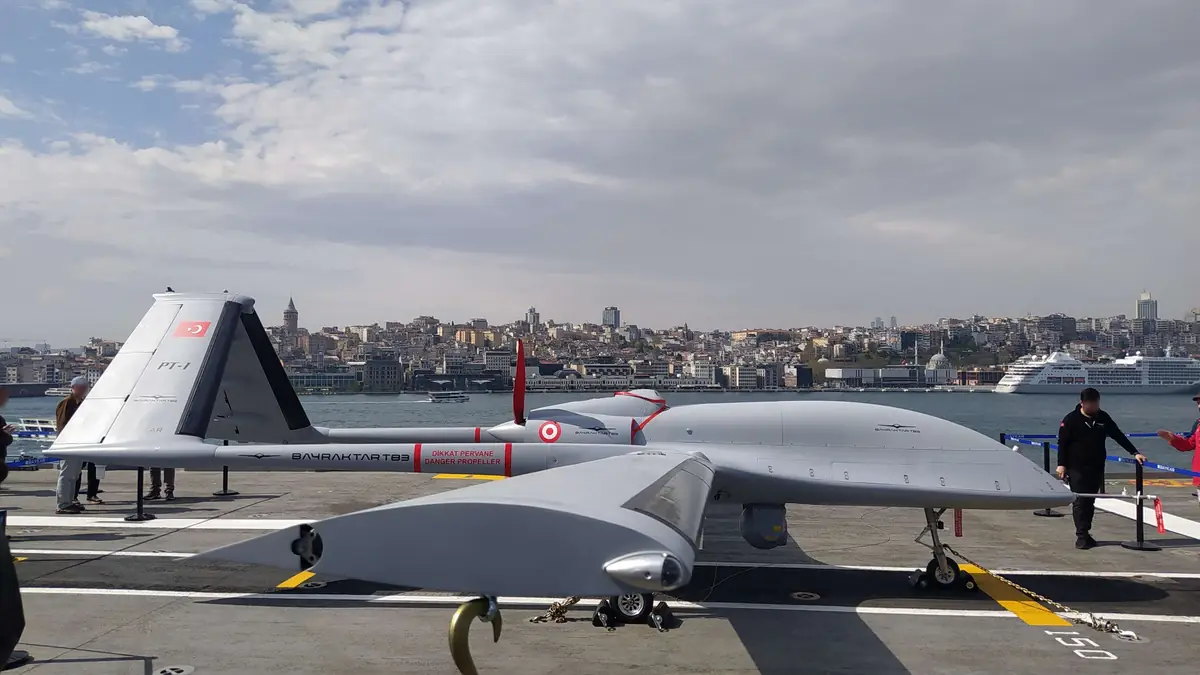
The Bayraktar TB3 is capable of performing intelligence, surveillance, and reconnaissance (ISR) missions using the multi-mode electro-optical ASERFLIR-500 system for targeting, reconnaissance, and observation. The UAV can also be equipped with munitions for combat operations, featuring six hardpoints that allow it to carry up to 280 kg of payload. Additionally, the drone is fitted with beyond-line-of-sight communication systems, enabling it to carry out missions over long distances with flight durations of up to 24 hours. In its longest recorded flight, on December 20, 2023, the TB3 stayed airborne for 32 hours, covering a total distance of 5,700 kilometers.
The Bayraktar Akinci is a high-altitude, long-endurance UAV (HALE) classified by Baykar as a strategic platform. Powered by two turboprop engines, the Akinci has a wingspan of 20 meters and a maximum takeoff weight (MTOW) of 6 tons, with a payload capacity of 1,500 kg.
“Bayraktar Akinci is capable of carrying out operations typically performed by fighter jets,” says Baykar, which envisions the drone undertaking air-to-air combat missions with the integration of air-to-air missiles. The Akinci is equipped with “electronic support systems, dual satellite communication systems, an air-to-air radar, a collision avoidance radar, and an aperture-synthesized radar,” according to the manufacturer.
Having made its first flight in 2019, the Akinci has been in service with the Turkish Armed Forces since 2021. Turkish media reports that the Akinci “has a significant deterrent effect on the battlefield due to its high altitude, extended endurance, and versatility in payload options.” It can also be used to support “humanitarian teams during search-and-rescue missions, earthquakes, and fires.”
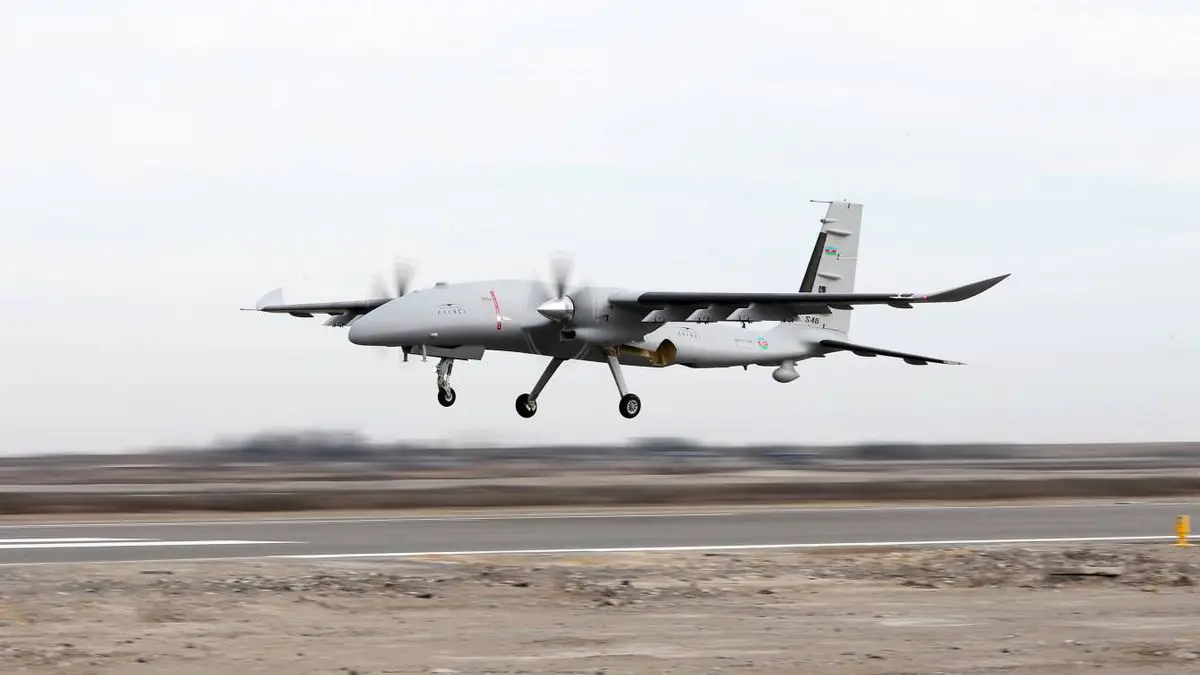
On November 19, 2024, the Bayraktar TB3 successfully took off and landed back on the amphibious assault ship TCG Anadolu during testing. Bayraktar’s Chief Technology Officer, Selcuk Bayraktar, confirmed that the landing was fully autonomous. Prior to this successful test, the drone spent several months, starting in May 2024, practicing operations from a ground-based ramp. The amphibious assault ship also functions as a helicopter carrier and a specialized UAV platform, roles that the new ship being acquired by Indonesia may also perform.
During the flight from the ship, the TB3 utilizes its STOL (Short Takeoff and Landing) capabilities as well as a 12-degree ramp, known as a “ski-jump,” to ensure a safe takeoff. As for landing, the aircraft employs its own braking system to stop, without relying on an arrestor hook.
Source: TheAviationist


